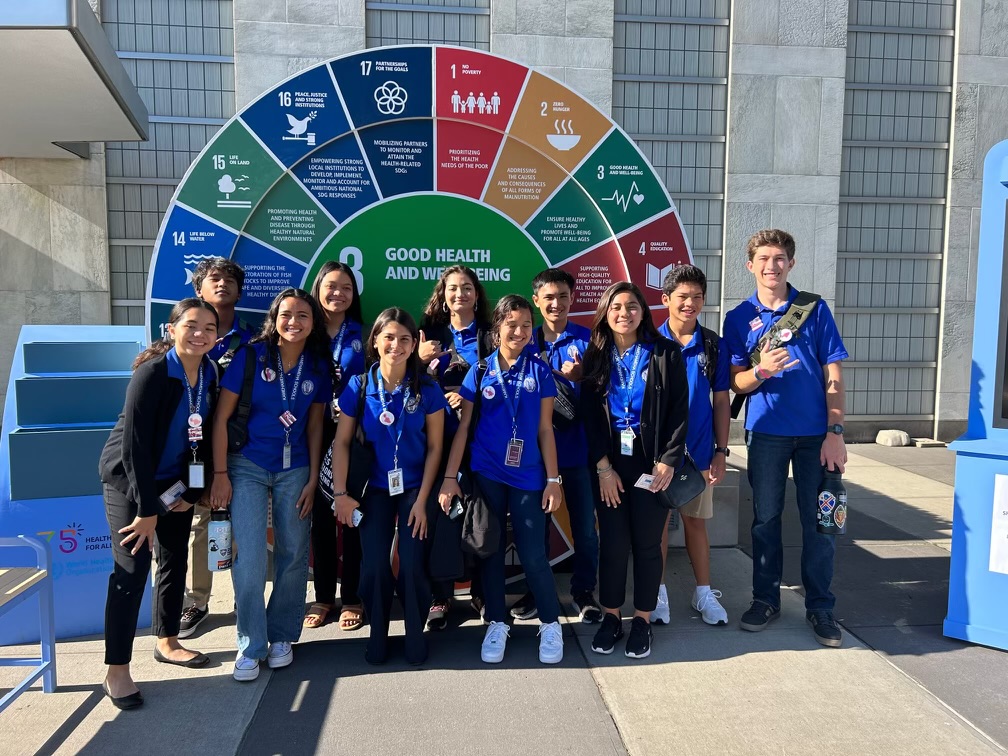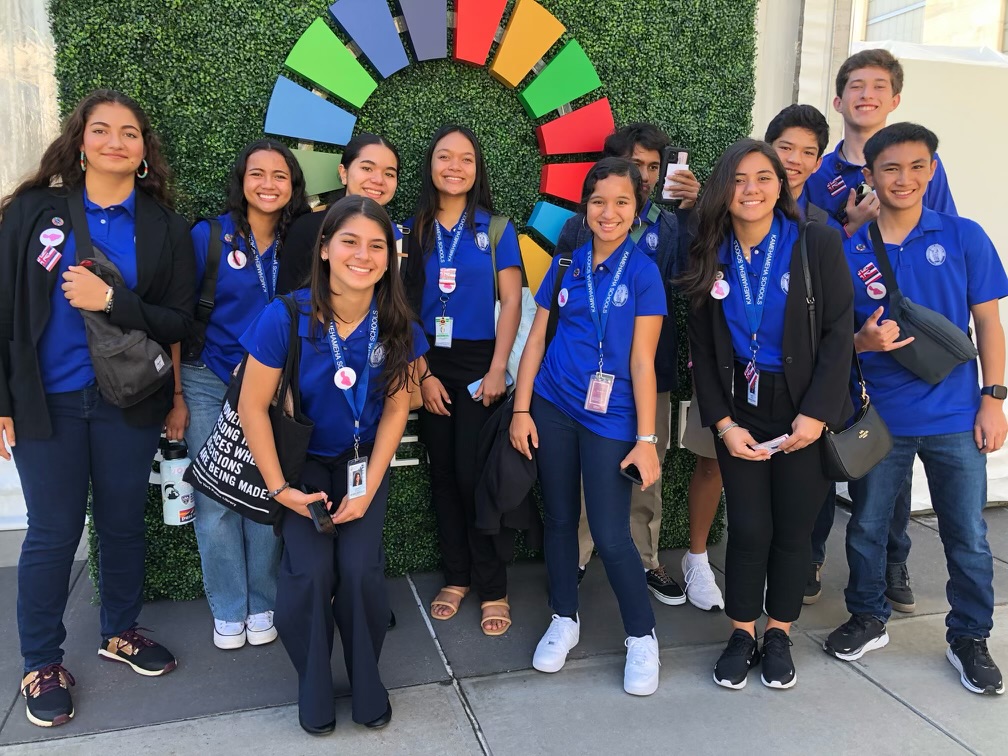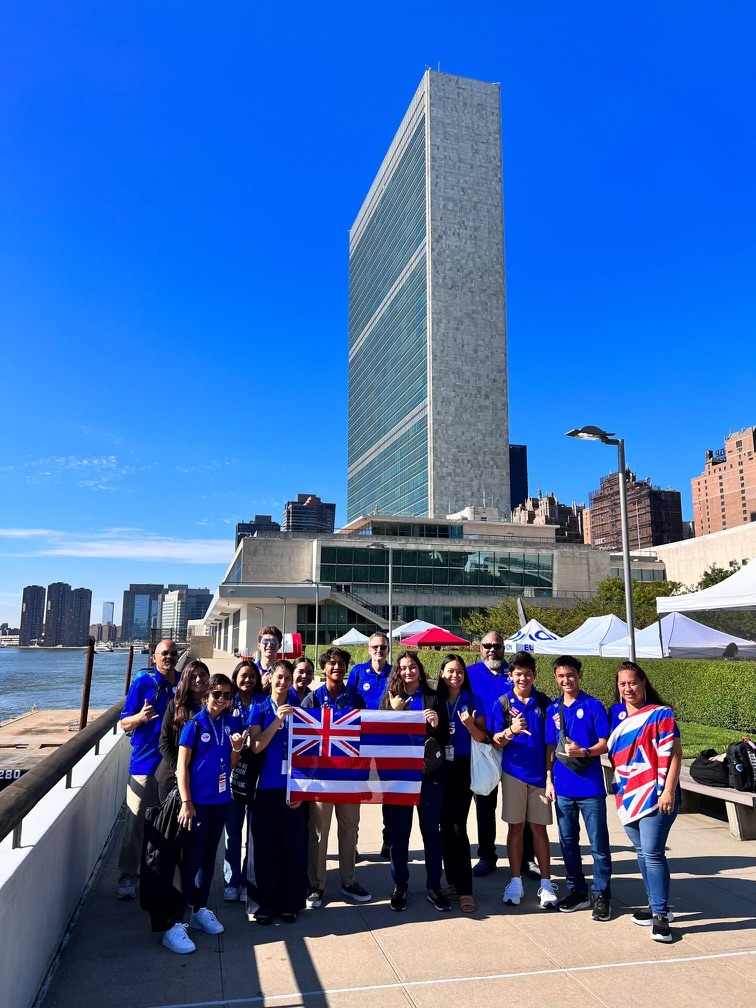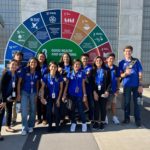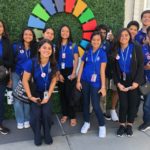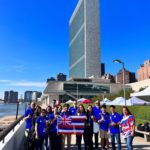Teacher: Mark Pacarro, Paul Parish
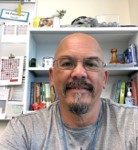
Mark Pacarro
Kumu Mark Pacarro has taught in the public and private school systems from grades six to 12 for over 30 years. His inspiration to become a teacher came from having educators as parents, both parents worked in the public school system. He is a kumu who loves teaching the haumana about ʻIke Kupuna and Aloha ʻĀina and how to make things grow. He has also coached basketball for over 30 years and is the current middle school basketball and golf coach.

Paul Parish
Paul has been a teacher at Kamehameha Schools in Honolulu for five years, first as a social studies teacher and now teaching the eighth grade segment of the Ka’āmauloa Pathway. Prior to that he was a diplomat, living in and working on local and global issues related to Europe, Africa and the Middle East. His last role was representing the European Union in Washington, DC. The Global Perspectives ‘Ōiwi Leadership course he teaches combines the two sides of his professional background to teach global politics through a Hawaiian lens.
Usefull links related to the Solution
Overview
The Hawaiian concept of Ka’āmauloa echoes the ancient Haudenosaunee philosophy of Seven Generations. Ka’āmauloa means the thread that continues forever; it connects a person’s three piko (‘i, ‘o and ‘a) linking the past, present and future together. There is no break in the line and it continues in both directions, guiding any decision made.
The Ka’āmauloa Educational Pathway is a two-year global politics course that puts the youth of Hawai’i at the centre by linking the islands’ 1000-year-old culture of sustainability (He Nohona ‘Ae’oia) to the United Nations’ Sustainable Development Goals. The aim is to create young leaders confident and grounded in who they are, who know the issues and can contribute to shaping policy locally, nationally and globally.
Theory of Change
Hawai’i is leading the world on environmental issues, using a legacy of indigenous wisdom and sustainability that goes back centuries. This wisdom is deeply embedded in and inseparable from Hawaiian culture; it is the celebration and rediscovery of this wisdom that has captured the imagination of the world at a time when many regard the earth as being at a dangerous crossroads. The goal of this pathway is to take students on a voyage of self-discovery and empowerment, bringing about the realization that their culture, values and worldview have the power to change hearts and minds and hence behaviour.
Approach and Actions
When completed sequentially, the two courses in this pathway take students on a journey from the loʻi kalo to the United Nations, as they follow the story of how Hawaiʻi’s culture of sustainability came about, why it was so important to sustaining life and balance in the islands and why that culture is just as important today for the global community as it was for the ancient Hawaiians. Along the way, the students rediscover the origins of their culture, learn about the diplomatic skills of their aliʻi Hawaiʻi, meet individuals and organizations working to find local solutions to global problems and learn why the indigenous knowledge that sustained life in a canoe is now being embraced by the United Nations as a solution to the climate and sustainability problems faced by Island Earth. The students then formulate their own civic action plan and become part of the solution by implementing their plan.
During the first year of the pathway, students learn about cultural sustainability and ‘āina stewardship. For the Hawaiians, ‘āina refers to land, sea and air – all that feeds and sustains us. Hawaiians feel a powerful cultural kinship to the ‘āina. That familial connection continually reminds them of their kuleana (responsibility and duty) to each other and to the planet. Through student driven inquiry, research and ʻāina-based learning, students deepen their cultural identity and better understand their kuleana to care for the ʻāina. This knowledge provides clearer direction in personal explorations as well as a strong foundation as a kanaka ʻōiwi (person of the land). Through exploring their ancestral history and practices, students have a better understanding of where they come from, where they stand and where they are headed.
During the second year of the pathway, students use the indigenous wisdom of the past to protect the future. Using the Hawaiian worldview as a springboard, haumāna are empowered by the diplomatic prowess and leadership of their ali’i Hawai’i (kings and queens), coupled with international civics, to become advocates and the next generation of ‘ōiwi leaders, able to generate local solutions to global problems.
Impact
This is only the second year that the pathway has been taught however its impact is already being seen. Twelve students from the pathway wrote the introduction to Hawai’i’s Voluntary Local Review (VLR) and took that message to the SDG Summit in New York in September 2023. These young leaders have now been appointed to the inaugural Hawai’i SDG Youth Council. Many other students from the project have also sat on panels and been in meetings with politicians and senior leaders across Hawaii to discuss their ideas and solutions to a range of climate change issues. The students have also taken part in civic action projects which focused on, among other topics, climate change, sustainability and gender equality.
